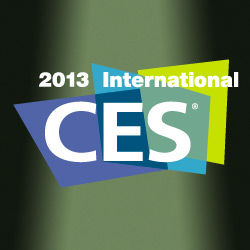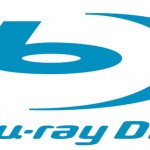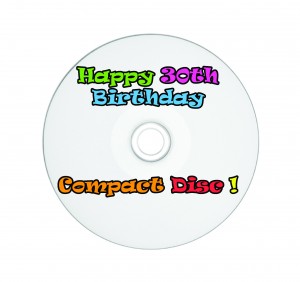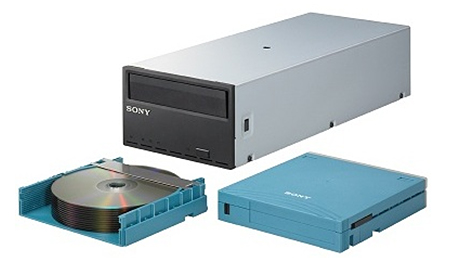 This year the electronics industry at the CES show unveiled their “Big” plans for the future, and when I say big – I mean BIG!!
This year the electronics industry at the CES show unveiled their “Big” plans for the future, and when I say big – I mean BIG!!
4 inch screens on mobile phones now seem like postage stamps with Huawei’s introduction of a gargantuan six inch OLED android smartphone. While that phone made quite a splash, it seemed like nobody came to the party without a smartphone with a 5 inch screen capable of HD resolutions. It looks like the living room is coming to your pocket in a hurry.
The other cannonball dropped by manufacturers across the board was the move from 3D and smart connected televisions to smart connected televisions that capture reality or near reality. These TV’s feature 4K resolution screens or what they have now branded UltraHD. Sonys chief executive Kazuo Hirai put it best when he said
” I hope you can see that 4K is not the future, it’s now, and Sony is leading the way”.
But the other “BIG” thing that isn’t discussed much at these launches – BIG DATA.
These big devices require BIG data, and BIG data isn’t cheap. Many providers cap your data; a quick search for instance showed that Comcast, Century Link and Mediacom may limit, throttle your connection or charge extra once you reach 250-300 GB per month.  To the average user that seems like an unreachable amount and at current consumption levels it is a healthy level. But as we move into the future we need to look at the cost of data and how much we may consume – the first 4K movie available for download was 160GB!! I don’t know about you but I plan to watch more than 1 movie per month. So what’s the solution?
To the average user that seems like an unreachable amount and at current consumption levels it is a healthy level. But as we move into the future we need to look at the cost of data and how much we may consume – the first 4K movie available for download was 160GB!! I don’t know about you but I plan to watch more than 1 movie per month. So what’s the solution?
Well the solution is two fold.
First, compression will shrink the files to more manageable chunks. Sony claims to have compression available that will shrink the files. The belief is that 4K or UltraHD will be able to be compressed to somewhere between 25-50GB. While this is a significant reduction it still would chew through most ISP data limits quite quickly.
 Which brings us to the second part of the solution: back to the trusty optical disc. It just so happens that that 25-50GB is just what will fit on a current Blu-ray disc. Surely data pipes will expand and compression will improve but we believe that the initial expansion of 4K content will be distributed on optical disk and potentially hard drives/server based solutions.
Which brings us to the second part of the solution: back to the trusty optical disc. It just so happens that that 25-50GB is just what will fit on a current Blu-ray disc. Surely data pipes will expand and compression will improve but we believe that the initial expansion of 4K content will be distributed on optical disk and potentially hard drives/server based solutions.
So while the electronics manufacturers at CES made a lot of BIG splashes this year, we in the optical storage business are excited about the BIG opportunity that these high resolution data hungry devices demand. Here’s to the future!



